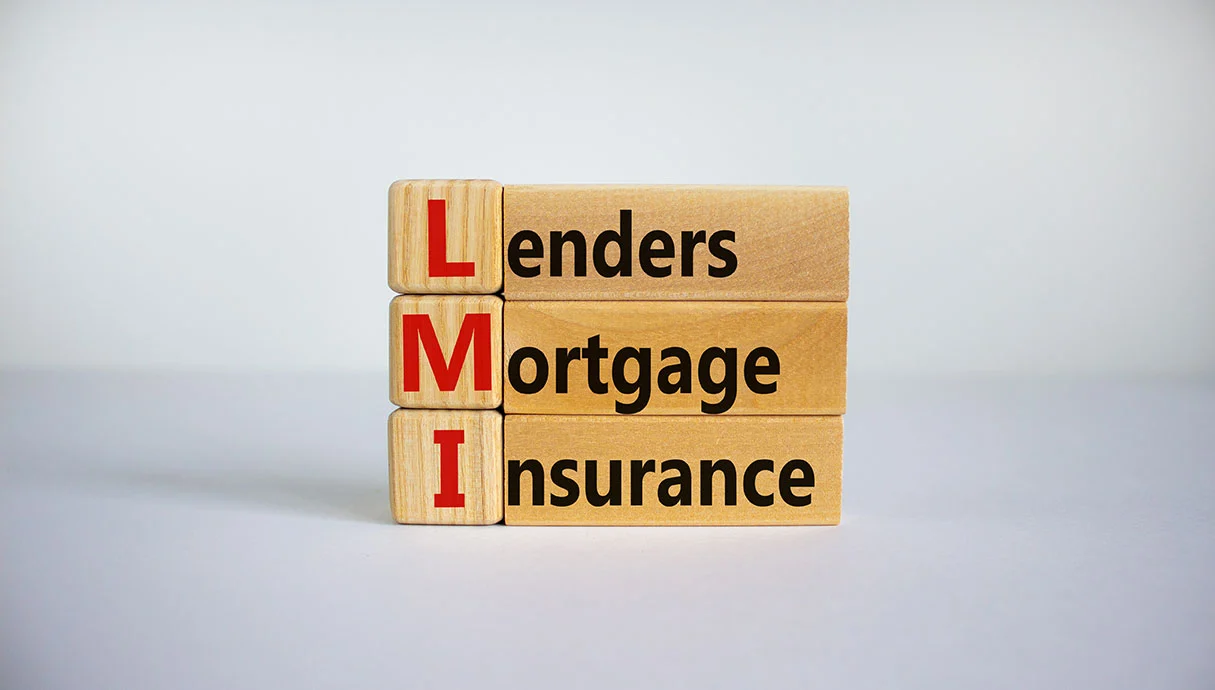The key level for the majority of banks is 80% LVR (Loan to Value Ratio). If you borrow 80% of the purchase price, it means you have to come up with 20% of your own funds plus costs (such as stamp duty) to complete the purchase.
At 80%, the bank feels that you are contributing enough “hurt money’ to give them comfort that if something were to go wrong and the loan was not able to be repaid, they should be able to recover the initial loan amount given the “equity” already in the property.
However, if a loan at 81% was requested, (ie $405,000 loan on purchase price of $500,000), as the level is greater than 80% LVR, the bank feels they are taking on slightly more risk and as a result, take out an insurance policy with an insurer to cover the bank in the event that you default on the loan. The bank then passes on the cost of the LMI to the borrower in the form of an LMI premium which is either paid by the borrower upfront or added to the loan amount. This is a one off fee/premium charged at settlement of the finance.
The higher the LVR (all the way up to 95%), the greater the LMI premium.



